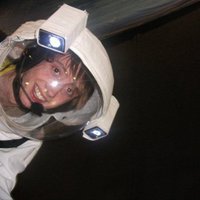
Matthew Brown
@mattkennybrown
Research Fellow in SERENE at the University of Birmingham, PhD on Climate Change in Space: The Impact on Space Debris
ID: 2789022772
https://www.flickr.com/photos/123486290@N02/ 28-09-2014 13:32:58
192 Tweet
143 Followers
781 Following


Tonight's solar eclipse offers a unique opportunity for Uni of Birmingham researchers to study its impacts on earth's near space environment. David Themens Sean Elvidge College of Engineering & Physical Sciences birmingham.ac.uk/news/2024/unlo…
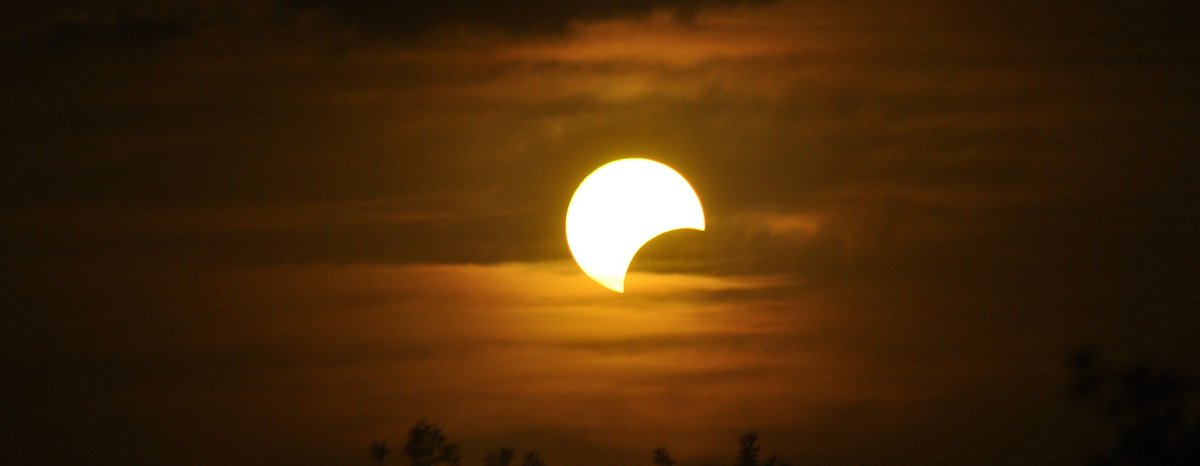
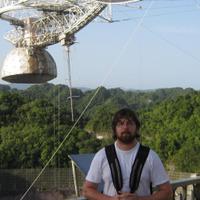







Next Wednesday 31 is the deadline to submit abstracts for AGU (American Geophysical Union) Fall Meeting in Washington DC. If you work on impacts of climate change from the stratosphere to the top of the atmosphere, including space debris issues, submit an abstract to our session. agu.confex.com/agu/agu24/prel…
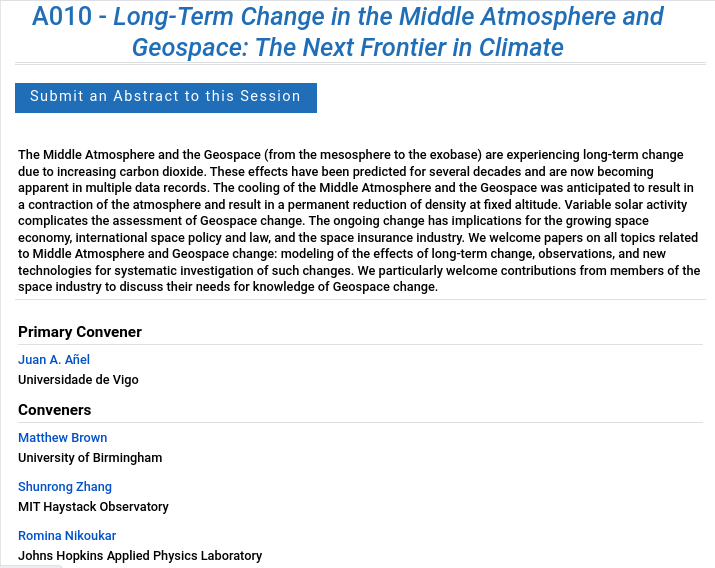






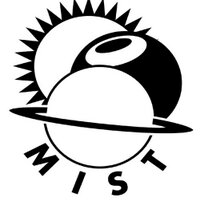
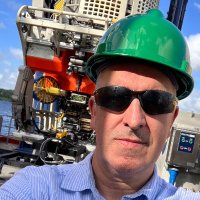
.UK Space Agency deputy CEO, Chris White-Horne, says the last of the ~1,500 trackable debris items from Russia's anti-satellite test (ASAT) re-entered Earth's atmosphere last week.








